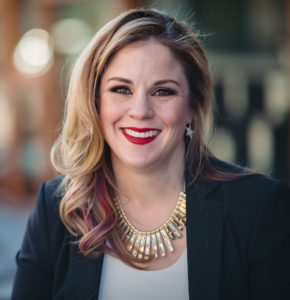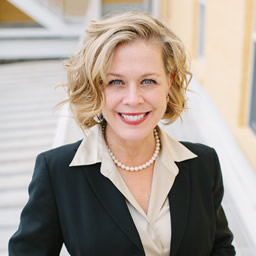
Driving Accelerated Results in an Increasingly Competitive Environment | Joeri Carty
According to a recent study1) of global CEOs by The Conference Board there are 3 themes that constantly rise to the top of their concerns in order: Recession Risk, More intense competition, Tight labor market. Every day CEOs are faced with increasing pressures.





















